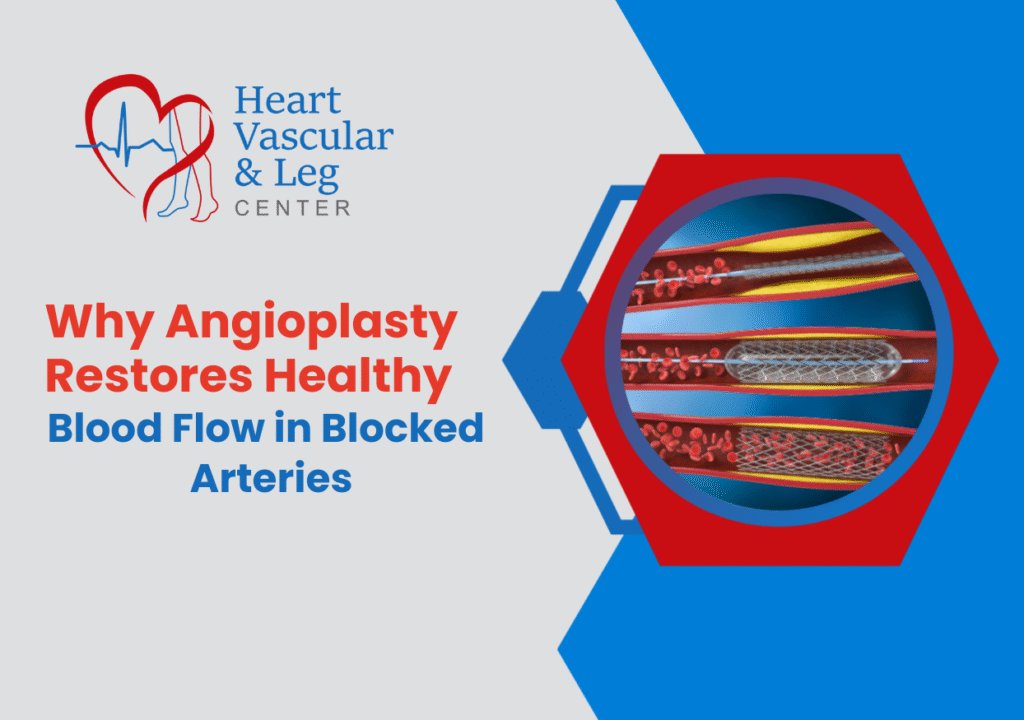
Experiencing pain, cramping, or even numbness in your legs may not be just a temporary soreness.
They are symptoms that sometimes reflect the limited movement of blood caused by blocked arteries that is typical in Peripheral Artery Disease (PAD).
In PAD, blood vessels serving your legs are stretched or blocked, which limits blood and oxygen supply to your muscles.
The arteries are your highways, and they transport blood that has plenty of oxygen to the rest of your body.
The walls of the arteries may end up collecting plaque (fat and cholesterol among others) in the long run.
This is termed as atherosclerosis.
When arteries supplying the legs are affected, you might develop PAD.
Blocked arteries usually mean:
Learn how to tell the difference between PAD and other leg pain.
Neglecting these symptoms may cause severe health hazards. Early intervention is of a great importance when it comes to keeping your legs healthy.
Angioplasty is among the least invasive procedures that have proven to be very effective when treating blocked arteries caused by PAD.
It is a simple process that aims to get the blood flowing and return you to your normal life.
This straightforward method has a number of strengths:
Angioplasty may stop the frustrating process of progressive worsening of PAD and the necessity of more drastic interventions.
It is a time-tested method to gain mobility, comfort and confidence.
Angioplasty recovery is generally easy.
A bit of soreness or slight bruising at the entry point is normal, although the vast majority of people are able to resume light activity quite rapidly. Recovery could take one or two weeks.
To keep your arteries healthy after angioplasty, your provider may recommend:
Staying proactive is very essential. Early intervention strategies for PAD can help prevent limb loss or further complications.
If you’re noticing symptoms of PAD like pain, cramps, or stubborn wounds on your legs, it’s worth finding out if angioplasty is right for you.
Getting treated early doesn’t just help your legs. It helps your whole body thrive.
Heart Vascular and Leg Center focuses on state-of-the-art, patient-centered care of PAD and clogged arteries.
You will find options that can aid in regaining comfort, mobility, and peace of mind.
To get individualized advice and to determine whether angioplasty suits you, make an appointment with Heart Vascular and Leg Center today.
What is the mechanism of action of angioplasty?
A small balloon is filled inside the artery, pushing the plaque against the wall and opening the artery to allow more blood to flow through it.
Can angioplasty remove a 100% blockage?
Many total blockages can be opened with angioplasty, but success depends on the blockage’s location and makeup.
What happens to the blockage after angioplasty?
The blockage is compressed and stays against the artery wall. It’s not removed, but no longer blocks blood flow.
Does heart function improve after angioplasty?
When used in the heart, angioplasty can improve heart function. When used for PAD, it leads to better blood flow and less stress on your body.
© Copyright 2024 Vascular Health Partners LLC. All Rights Reserved
Designed By CyberWorx